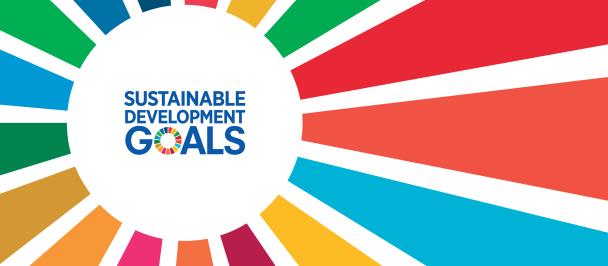Use-of-proceeds bonds, which dedicate their funds exclusively to projects linked to a certain cause or issue, are attractive to investors who’d like their money to not only earn financial returns, but also to benefit a cause. A common type is a green bond, or climate bond, intended to address climate change, perhaps by purchasing renewable energy technology, or financing a climate-smart agriculture project. These bonds are claiming an ever-growing share of the market: the Climate Bonds Initiative’s latest annual report on green bonds found that in 2018, worldwide green bonds totaled US$167.6 billion, bringing the cumulative bond issuance since 2007 to US$521 billion.
At SDG Impact, a UNDP initiative focused on helping to guide private capital toward the world’s most urgent development challenges, we are working to help bond issuers build impact into their work at all stages, using the framework of the UN’s Sustainable Development Goals (SDGs). With 17 goals, there are opportunities for bond issuers to address gender, health, education, sustainable communities issues, and many more. Just as green bonds have raised awareness of climate risks and stimulated the development and financing of projects focused on carbon reduction, SDG-enabling bonds can help focus the attention of the broader investment community to other social and environmental challenges, and direct funds toward taking them on.
Translating interest into action
Those of us who’ve worked for years on engaging the private sector in development challenges know that organizations find it genuinely difficult to translate their interest in investing toward the SDGs into action. There is willing capital out there, but it is not yet flowing at a pace to get the world on track to reaching the global goals. In order to increase confidence, validate results, and calculate progress, there is an urgent need for a reliable, commonly accepted way to quantify and compare the impact these bonds have. But perhaps even more urgently, bond issuers and investors need to know from the outset that a bond is designed in a way that will maximize its potential for impact.
We believe best way to do this is to provide guidance to bond issuers, with information and instructions in the form of assurance standards, that will help them be more accurate and impactful in developing and issuing SDG-enabling use-of-proceeds bonds. In February we will release assurance standards that provide guidance in three general groupings: strategic intent and goal setting, impact measurement and management, and transparency and accountability. Our key aim is to encourage private capital in a more informed way towards SDG enabling investments--moving beyond using the SDGs as another reporting template to a way that helps users make different decisions and reorient and redirect more capital towards SDG-enabling activities and investments.
Green bond benefits
Using the assurance standards will benefit bond issuers, allowing them to earn certification, and differentiating their offerings in the market. The standards will also benefit:
- Investors, who will be able to make better-informed decisions and gain confidence in their investments’ impact;
- Industries and communites, whose ability to promote credible practice and SDG alignment will be bolstered;
- Analysts, advisers, and media, who will gain valuable information on bonds and their issuers; and
- Development finance institutions, government and multilateral organizations, whose blended finance initiatives will be more effective and trusted.
The bond issuance standards are the second set we’ve developed; the first, for SDG-enabling Private Equity Funds, was open last fall for public comment, and we are now processing the rich feedback from 40 private equity funds. Additional rounds of consultations on the private equity standards are planned with leading human rights and civil society organizations to discuss incorporating the UN Guiding Principles with respect to business and human rights.
New assurance standards
Recently we hosted consultation sessions in Hong Kong with the ADM Capital Foundation, BNP Paribas, the Sustainable Finance Initiative, and the Hong Kong Green Finance Initiative; in Beijing with China Alliance of Social Value Investment (CASVI), and in Singapore with Temasek Trust. The sessions brought together hundreds of Asia-based investors keen to learn more about the UNDP’s new assurance standards and SDG-enabling investment guidance.
These feedback opportunities are key, because the UNDP standards are meant to be practical, user-friendly, actionable tools that not only boost investors’ confidence, but also increase the contributions the equity funds or bond proceeds make toward the SDGs. They offer a reliable, broadly accepted way to quantify SDG outcomes of a finance initiative and clarify what it means to be SDG aligned.
At the dawn of a new decade, with only ten years to go to meet the UN Sustainable Development Goals, the time is now to make sure efforts from all directions are as targeted and effective as they can be. We’re looking forward to sharing more information about these bond standards, and even more so to seeing how they are used.

 Locations
Locations
